Latest episode
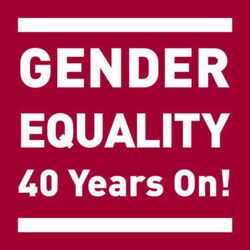
6. Episode 6 | Dr Karen Patel & Surinder Punn
33:00||Season 1, Ep. 6In episode 3 of the series, oral historian Dr Siobhán Stevenson meets Surinder & Karen, two women who work to achieve equality, diversity and inclusion whilst acknowledging the role of intersectional identities. In part one of this episode, they talk about their early lives and the impact of family dynamics on their work.They discuss the Race Relations Unit and its relationship with the Women’s Unit in the 1980s Birmingham. They consider changes in legislation and challenges in working towards equality when dealing with the intersections of identity.In part 2 of this episode, they consider the value of informal networks run by, and for, women of colour to understand their historical contributions in the city. Finally, they agree more work needs to be done to explore women’s history in Birmingham.
More episodes
View all episodes
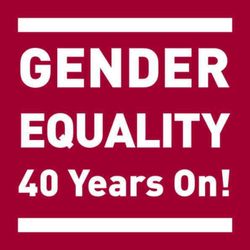
5. Episode 5 | Equality, diversity and inclusion in Birmingham, professional and personal perspectives
40:09||Season 1, Ep. 5In episode five of the series, oral historian Dr Siobhán Stevenson meets Surinder Punn and Dr. Karen Patel, two women who work to achieve equality, diversity and inclusion whilst acknowledging the role of intersectional identities.In part one of this episode, they talk about their early lives and the impact of family dynamics on their work. They discuss the Race Relations Unit and its relationship with the Women’s Unit in the 1980s Birmingham. They also consider changes in legislation and challenges in working towards equality when dealing with the intersections of identity.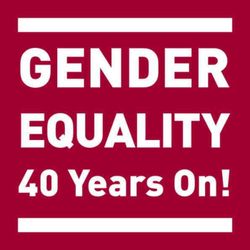
4. Episode 4 | Emma Woolf MBE & Sue Gorbing - part 2
34:54||Season 1, Ep. 4In this episode oral historian Dr Siobhán Stevenson meets Emma & Sue, both of whom were key to the design and co-ordination of the Women’s Festival and The Women’s Directory while working for Birmingham City Council’s Women’s Unit.We hear about their early lives, the women who influenced them, and their work with the women’s unit. They discuss how intersectional identities remained hidden in the 1980s in a bid to connect women to work towards one goal in Thatcher's Britain.In part 2 of this episode, Emma and Sue discuss representations of women in the 1980s versus now and the legacy of the Women’s Unit.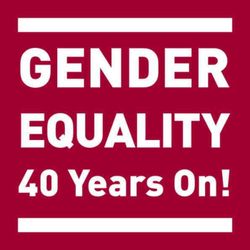
3. Episode 3 | Establishing a women's festival and directory
31:59||Season 1, Ep. 3In episode three of the series, oral historian Dr Siobhán Stevenson meets Emma Woolf MBE and Sue Gorbing, both of whom were key to the design and co-ordination of the Women’s Festival and The Women’s Directory while working for Birmingham City Council’s Women’s Unit.We hear about their early lives, the women who influenced them, and their work with the women’s unit. They discuss how intersectional identities remained hidden in the 1980s in a bid to connect women to work towards one goal in Thatcher's Britain.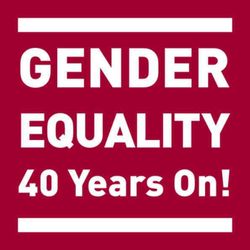
2. Episode 2 | Ming De Nasty & Mo White - part 2
27:39||Season 1, Ep. 2In this episode oral historian Dr Siobhán Stevenson meets Ming & Mo to discuss their lives using art and photography. Ming & Mo discuss childhood experiences and influences, their journeys into art, the landscape for women, women’s movements in the 1980s and how women organised and connected using art and cultural production to represent themselves on their own terms.In part 2 of this episode Ming & Mo discuss women’s participation and activism, social media and how representations of women have changed in the 21st Century.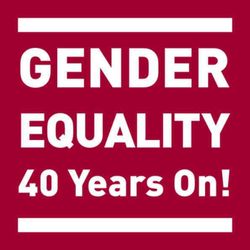
1. Episode 1 | Birmingham’s cultural scene in the 80s & working with Rhonda Wilson
41:31||Season 1, Ep. 1In episode one of the podcast, oral historian Dr Siobhán Stevenson meets Ming de Nasty & Mo White to discuss their lives using art and photography.In part 1 of this podcast Ming & Mo discuss childhood experiences and influences, their journeys into art, the landscape for women and women’s movements in the 1980s and how women organised and connected using art and cultural production to represent themselves on their own terms.
